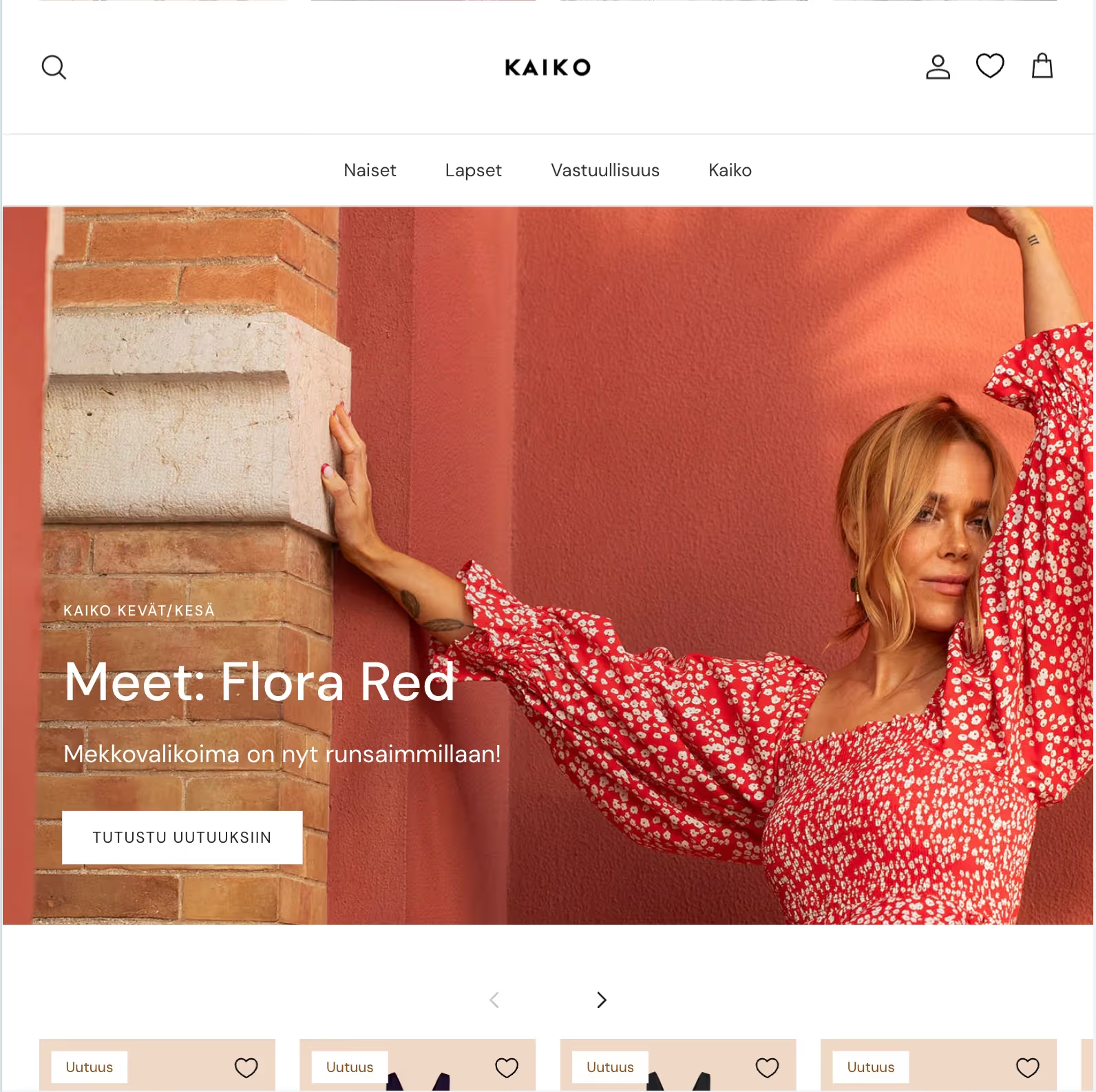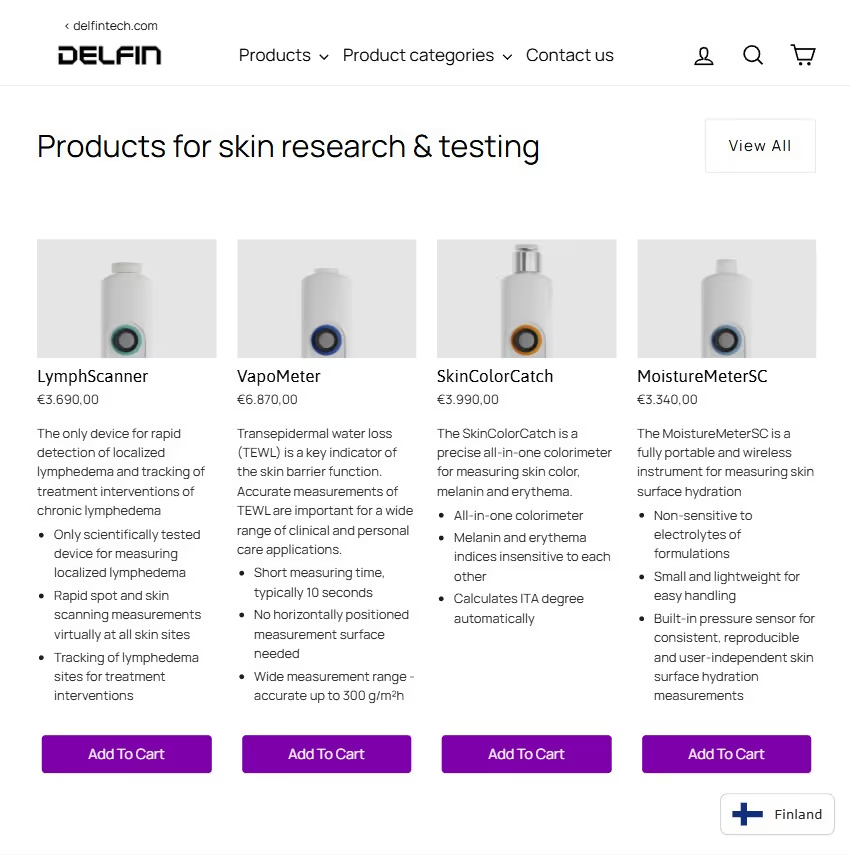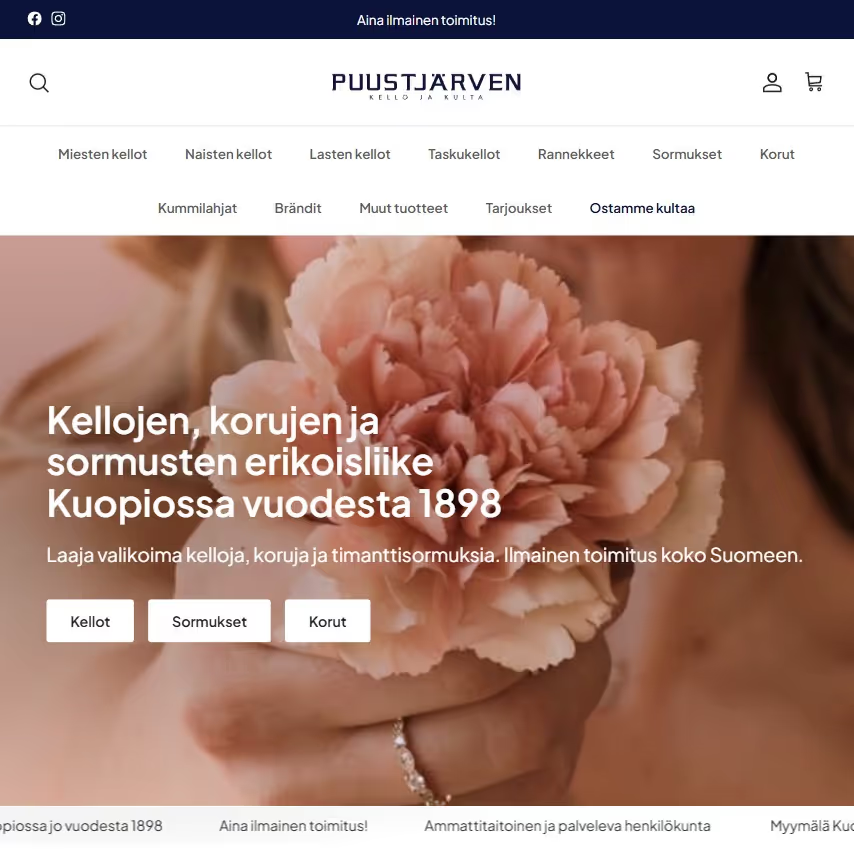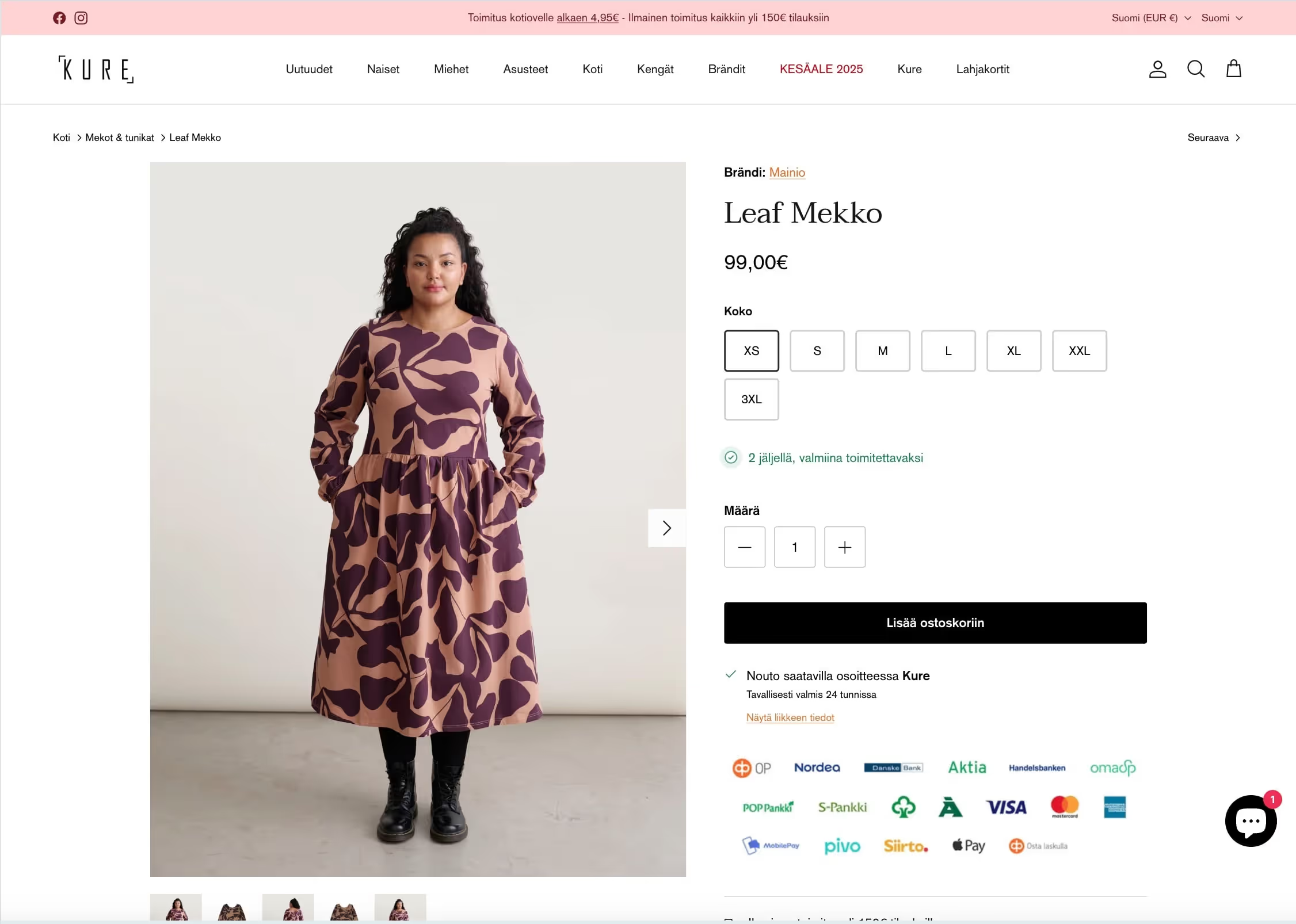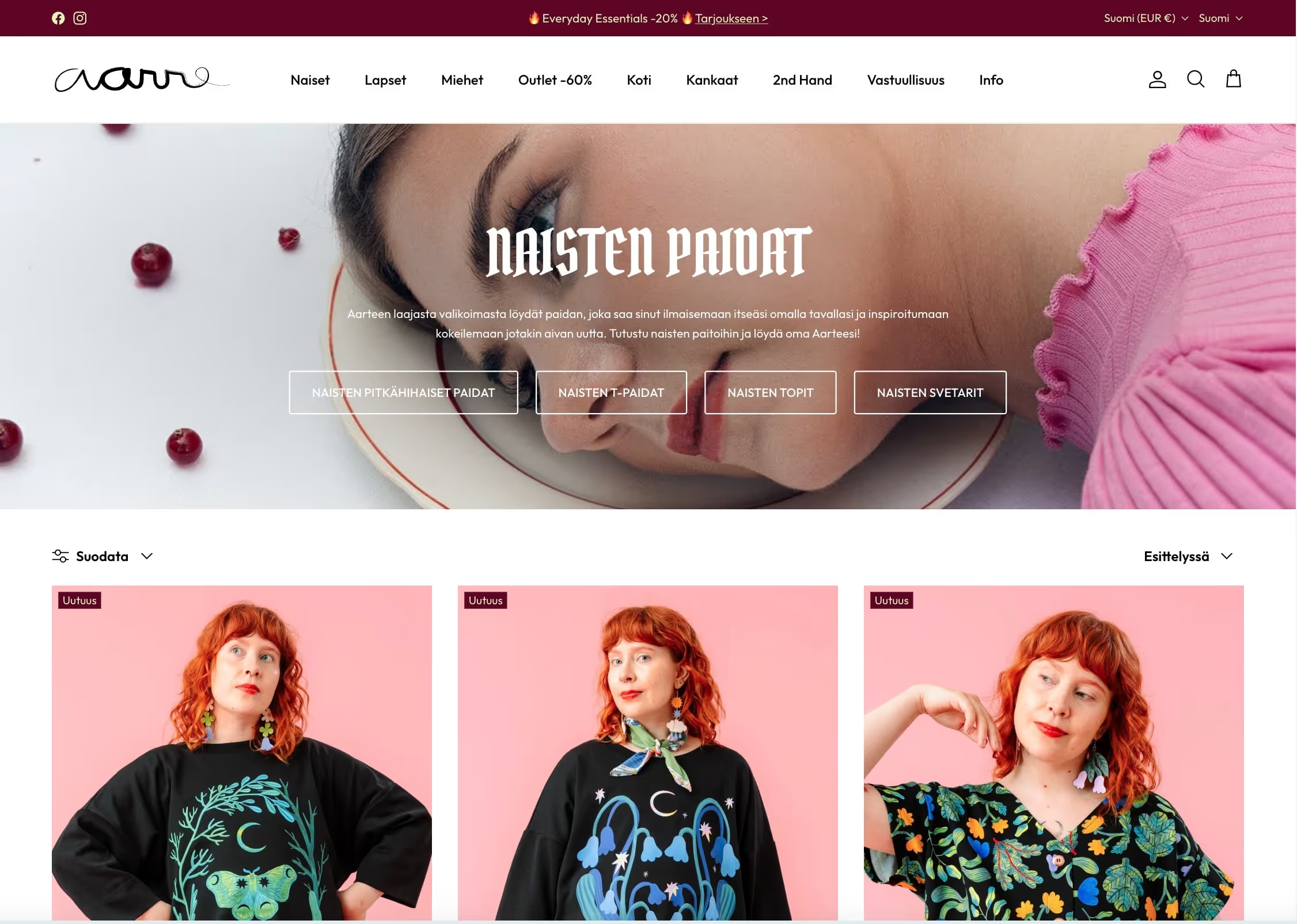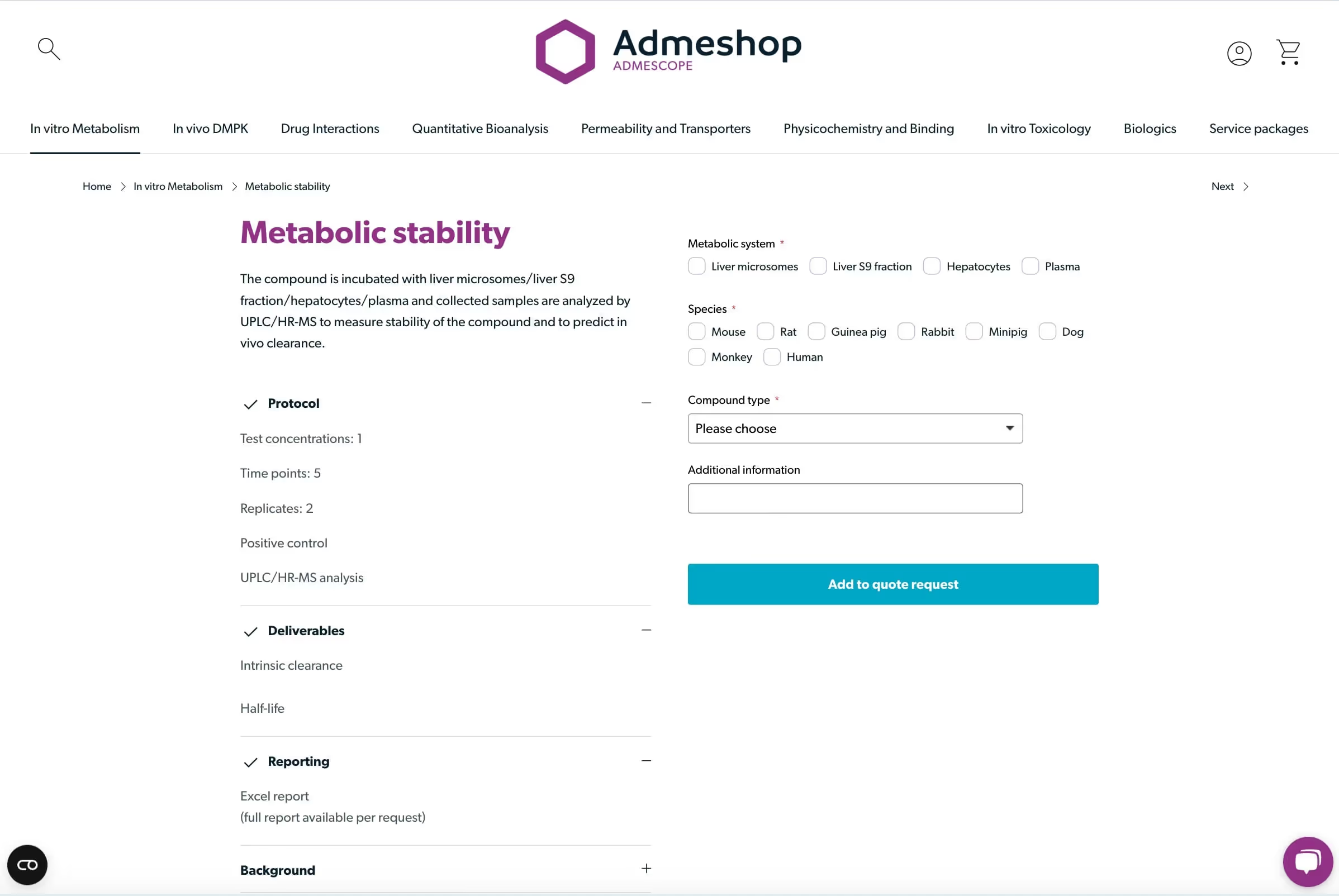Email Marketing




Our process
The Process section briefly explains how your Shopify ecommerce project progresses from start to finish.






Leading brands in their industries trust on Growly






Why Choose Growly as Your Email Marketing Partner?

Increase sales with targeted email marketing

Frequently Asked Questions
Shopify is an easy-to-use and highly scalable platform that offers solutions for online stores of all sizes. It supports a wide range of integrations, payment methods and marketing tools, making it suitable for both small and large businesses. With Growly, you can unleash the full potential of Shopify — we tailor the platform to your needs and make sure your online store is ready to grow.
Success belongs to brands that have the courage to grow. We will help with that.
Unlock your brand's full potential with the help of our experienced team, we know what it takes to be successful. Whether you need a high-end online store or high-impact marketing to drive growth, we're here to help. Choose as a partner experts who make results, not just promises.
Contact us
Tell us about your goals, and together we will find solutions to achieve them.
You can contact us directly by phone, email or contact form. Contact does not bind you to anything.
This site is protected by the reCAPTCHA service and the Google Privacy Policy and Terms of Use apply to the site.

Email marketing — a powerful and personal tool for growing your online store
Email marketing is one of the oldest forms of digital marketing, but it is still extremely effective — the reason is personality. When a message arrives directly in the customer's inbox at the right time and contains content that interests them, the opportunity for a purchase increases. Research suggests that email ROI is often better than in other channels because the messages are based on the customer's own behavior and interest.
Segmentation and personalization. Every client is different, so one-size-fits-all messages don't work. By segmenting recipients (for example, new customers, active buyers, and dormant customers) and tailoring content to their needs, you can significantly improve your open and click-through rates. With dynamic product recommendations and behavioural automation chains, you can provide each buyer with a product or offer that is right for them.
Automation frees up time. When traditional newsletters require manual labor, automations run in the background around the clock. The Welcome Series instantly welcomes new subscribers and tells the story of your brand. Shopping cart rejection automation reminds potential customers of a missed purchase and often recoups up to tens of percent of lost orders. Reactivation messages, in turn, attract attention if the client has been inactive for a long time.
Measurement and optimization. It's easy to measure the effectiveness of email marketing — open and click-through rates, conversions, and purchase amounts tell you directly how your campaigns work. By experimenting with different titles, submission dates, and content, you'll find the combinations that work best. By combining email data with ecommerce analytics, you can see how email affects your overall sales and lifecycle value.
Integration with other channels. Email works best as part of a broader marketing package. When a customer sees your brand in ads such as Google or Meta, and then receives a personalized offer in an email, the memory footprint is strengthened and the willingness to buy increases. In addition, email marketing supports SEO: when you share new blog content or guide in newsletters, site traffic and engagement increase.
Growly's email marketing service combines strategy, content and technology. We design segments, automations and campaigns, produce message content that suits your brand, and track results. We tailor the solution to your business needs — whether you're just starting out in an online store or a big brand looking to boost its marketing. When done correctly, email marketing is one of the most profitable ways to increase sales and build long-term customer relationships.
Email marketing — a powerful and personal tool for growing your online store
Email marketing is one of the oldest forms of digital marketing, but it is still extremely effective — the reason is personality. When a message arrives directly in the customer's inbox at the right time and contains content that interests them, the opportunity for a purchase increases. Research suggests that email ROI is often better than in other channels because the messages are based on the customer's own behavior and interest.
Segmentation and personalization. Every client is different, so one-size-fits-all messages don't work. By segmenting recipients (for example, new customers, active buyers, and dormant customers) and tailoring content to their needs, you can significantly improve your open and click-through rates. With dynamic product recommendations and behavioural automation chains, you can provide each buyer with a product or offer that is right for them.
Automation frees up time. When traditional newsletters require manual labor, automations run in the background around the clock. The Welcome Series instantly welcomes new subscribers and tells the story of your brand. Shopping cart rejection automation reminds potential customers of a missed purchase and often recoups up to tens of percent of lost orders. Reactivation messages, in turn, attract attention if the client has been inactive for a long time.
Measurement and optimization. It's easy to measure the effectiveness of email marketing — open and click-through rates, conversions, and purchase amounts tell you directly how your campaigns work. By experimenting with different titles, submission dates, and content, you'll find the combinations that work best. By combining email data with ecommerce analytics, you can see how email affects your overall sales and lifecycle value.
Integration with other channels. Email works best as part of a broader marketing package. When a customer sees your brand in ads such as Google or Meta, and then receives a personalized offer in an email, the memory footprint is strengthened and the willingness to buy increases. In addition, email marketing supports SEO: when you share new blog content or guide in newsletters, site traffic and engagement increase.
Growly's email marketing service combines strategy, content and technology. We design segments, automations and campaigns, produce message content that suits your brand, and track results. We tailor the solution to your business needs — whether you're just starting out in an online store or a big brand looking to boost its marketing. When done correctly, email marketing is one of the most profitable ways to increase sales and build long-term customer relationships.






.avif)



.avif)




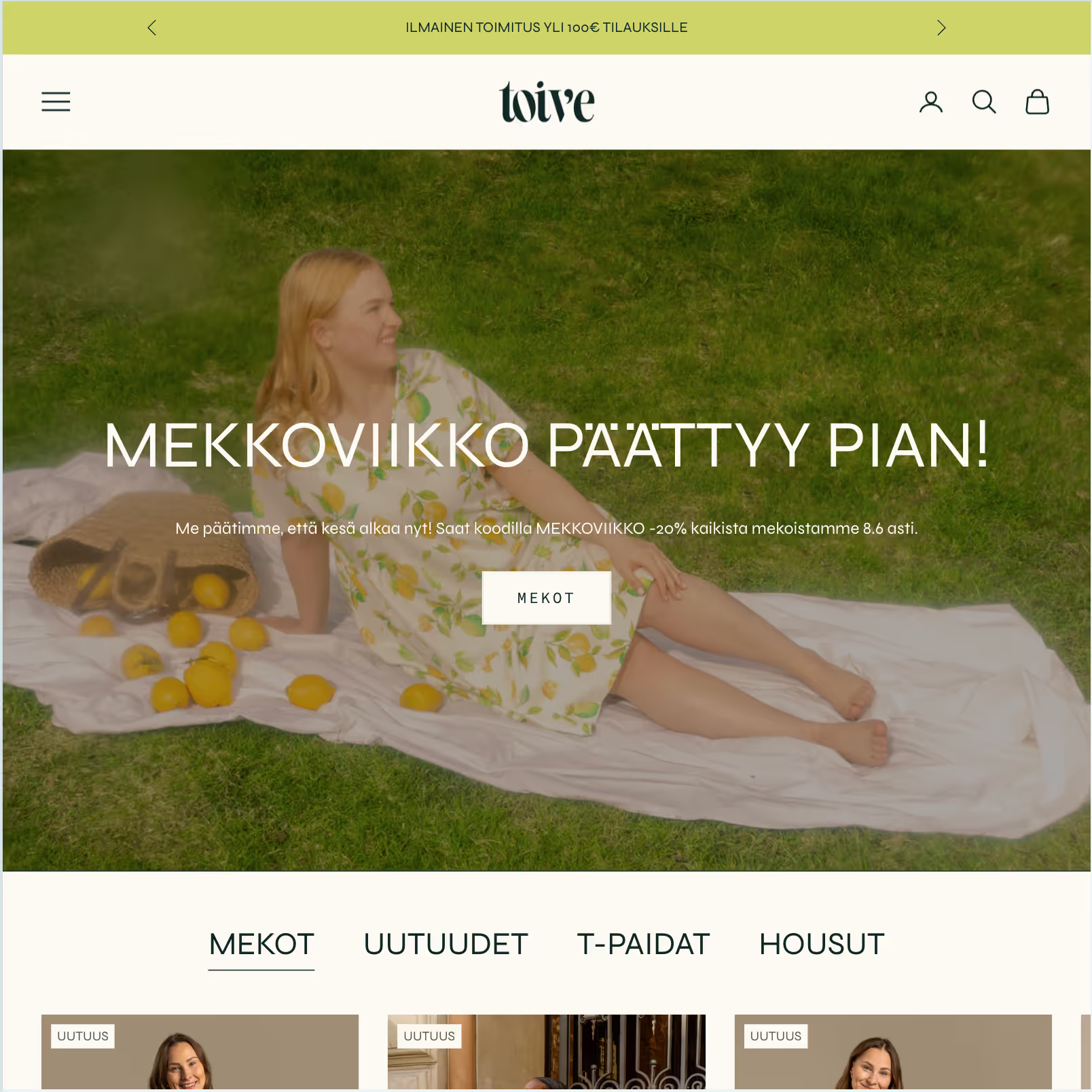


.avif)
